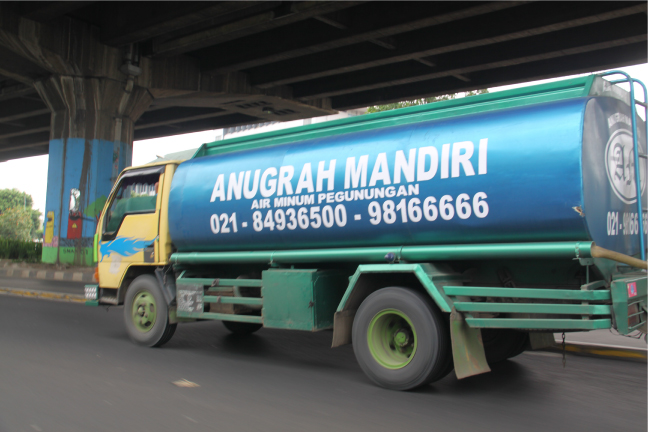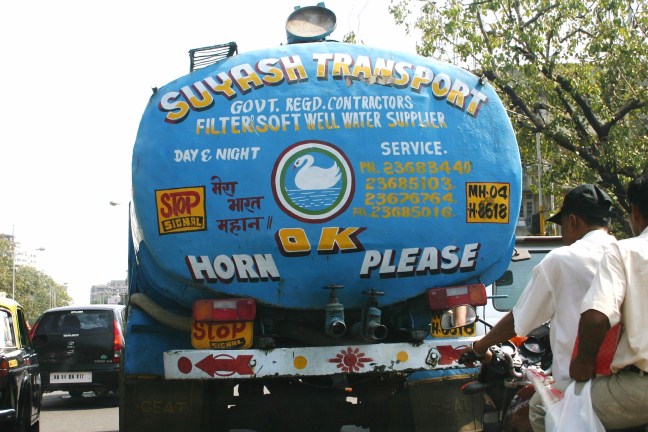Sources of Domestic Water
Baytel has direct experience with consumers using all of the major sources of household water: raw water (surface or ground), tap water, bulk bottled water or packaged water, vended water, water delivered by tank truck, and so on.
The source of water can greatly affect its quality and must be understood in order to apply suitable treatment methods or find alternative sources when necessary. Baytel knows the mandated and actual water quality parameters in all of the major markets: national and regional, in many cases, by city or even neighborhood. Water quality often varies by season, and in the case of piped water, there are often significant changes in quality as water is distributed after central treatment.
In many areas, household drinking water is a separate issue, so that while raw water or tap water may be used for many household chores, bottled water or water treated in the home is used for such purposes as drinking water, infant care, some food preparation tasks, and so on.
All Photos copyright © 2024 by Baytel Associates
1. Raw Water
Many people use raw (untreated) water for household chores, but use boiled, treated, or bottled water for drinking and other purposes where purity, or at least safety, are critical.

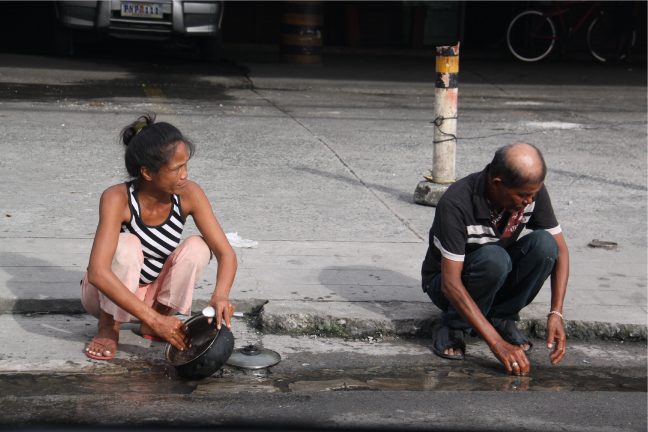

for drinking, but uses tap water for dishes.

2. Tap Water
Tap water quality varies enormously from country to country, city to city, neighborhood to neighborhood, and even from block to block. Tap water distribution systems can be leaky and are often low pressure systems in order to save pumping energy costs. They can therefore siphon contaminants from adjacent and also often leaky sewage pipes, drainage ditches, gutters, and surface water bodies.
Tap water is often delivered under very low pressues and delivery is often irregular — sometimes just a few hours per day.
Such tap water may be fine when it leaves a municipal treatment plant, but it may be highly contaminated by the time it reaches the point of use. In some localities it may also be so strongly chlorinated that consumers do not like to drink it.

use "Reverse Osmosis" products to improve it.
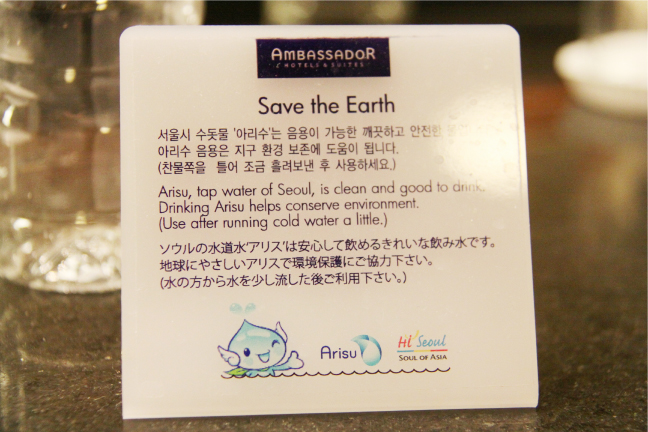

public pump, tap water is not available.

3. Vended Water
Vended water comes in many forms, but modern systems offer water that is purified through multiple, sometimes redundant, technologies for safety and aesthetics (taste, color, etc.).

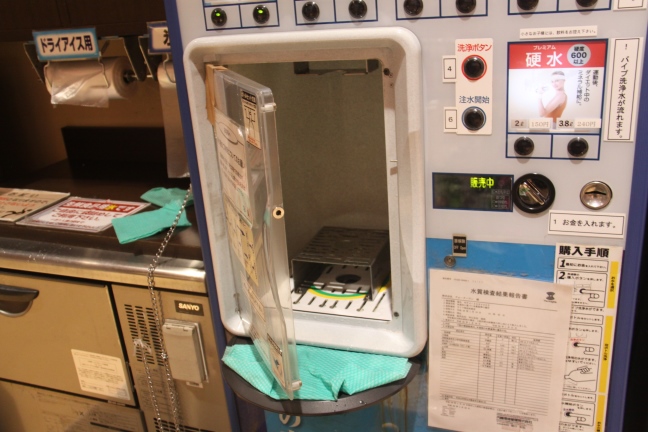


4. Tanker Water
Water tankers supply household water, either regularly or during acute water shortages, utility service interruptions, natural disasters, or other events. The water is usually not purified to WHO or U.S. EPA standards, but may be treated to some extent., etc.).


